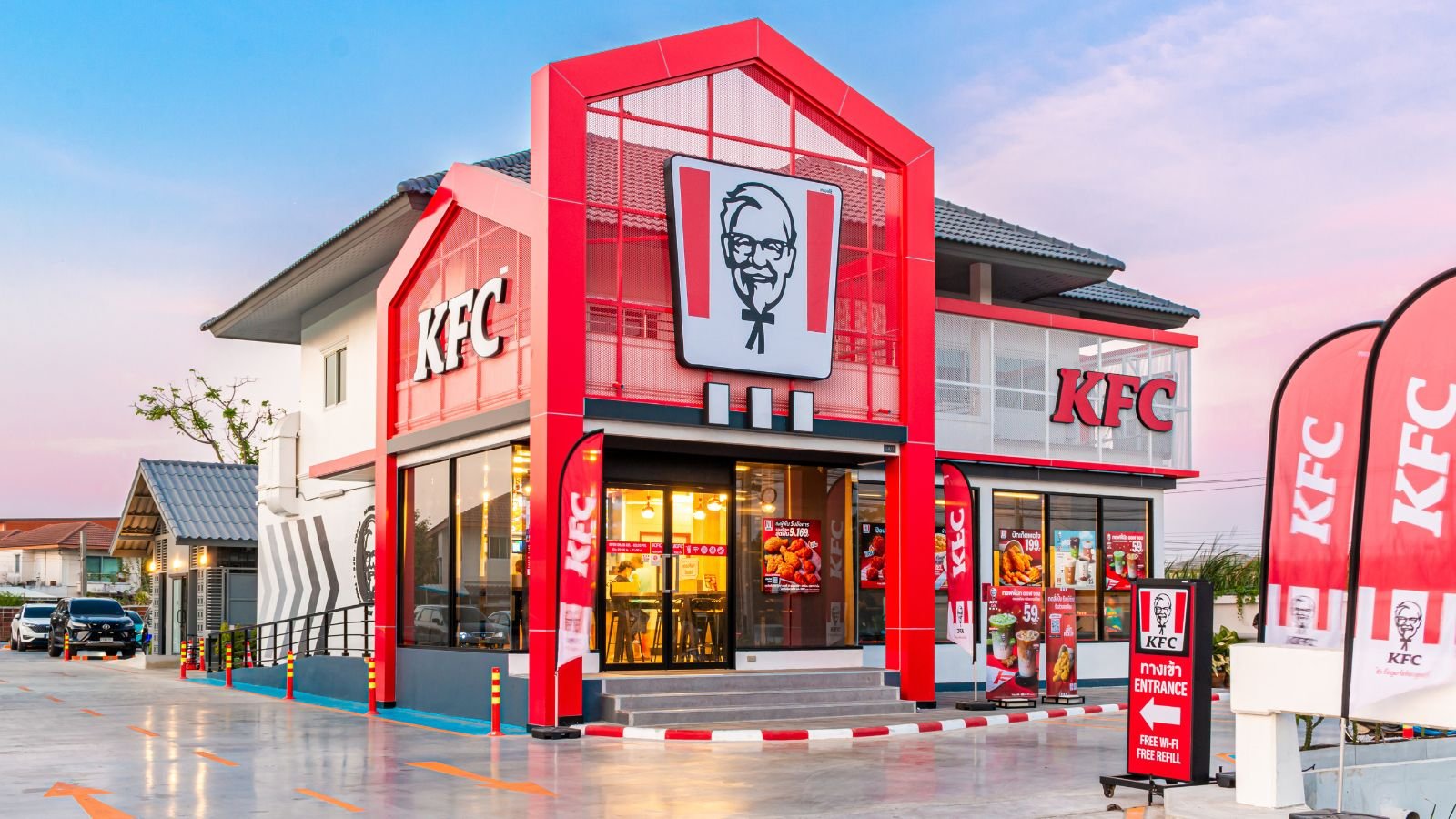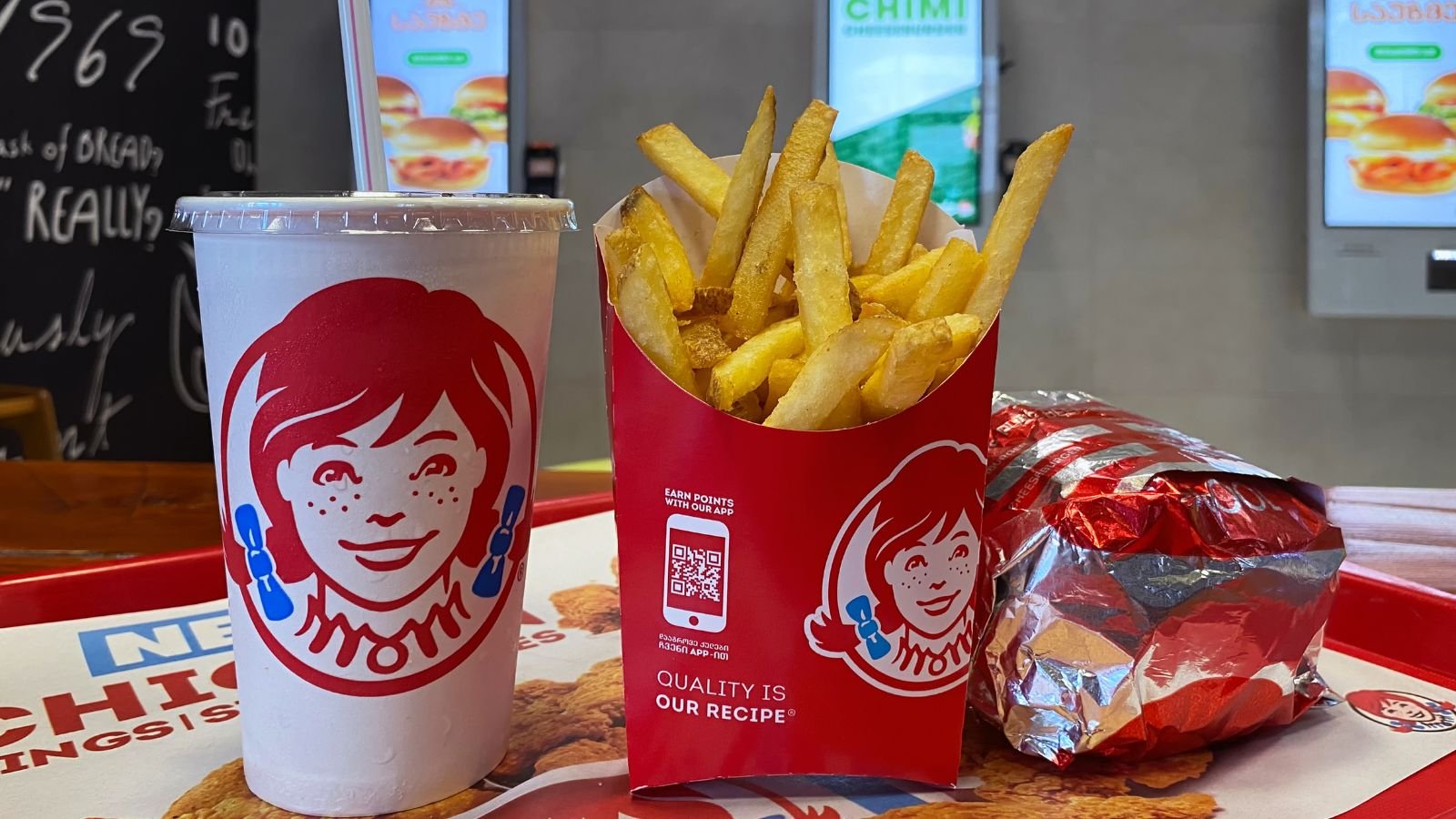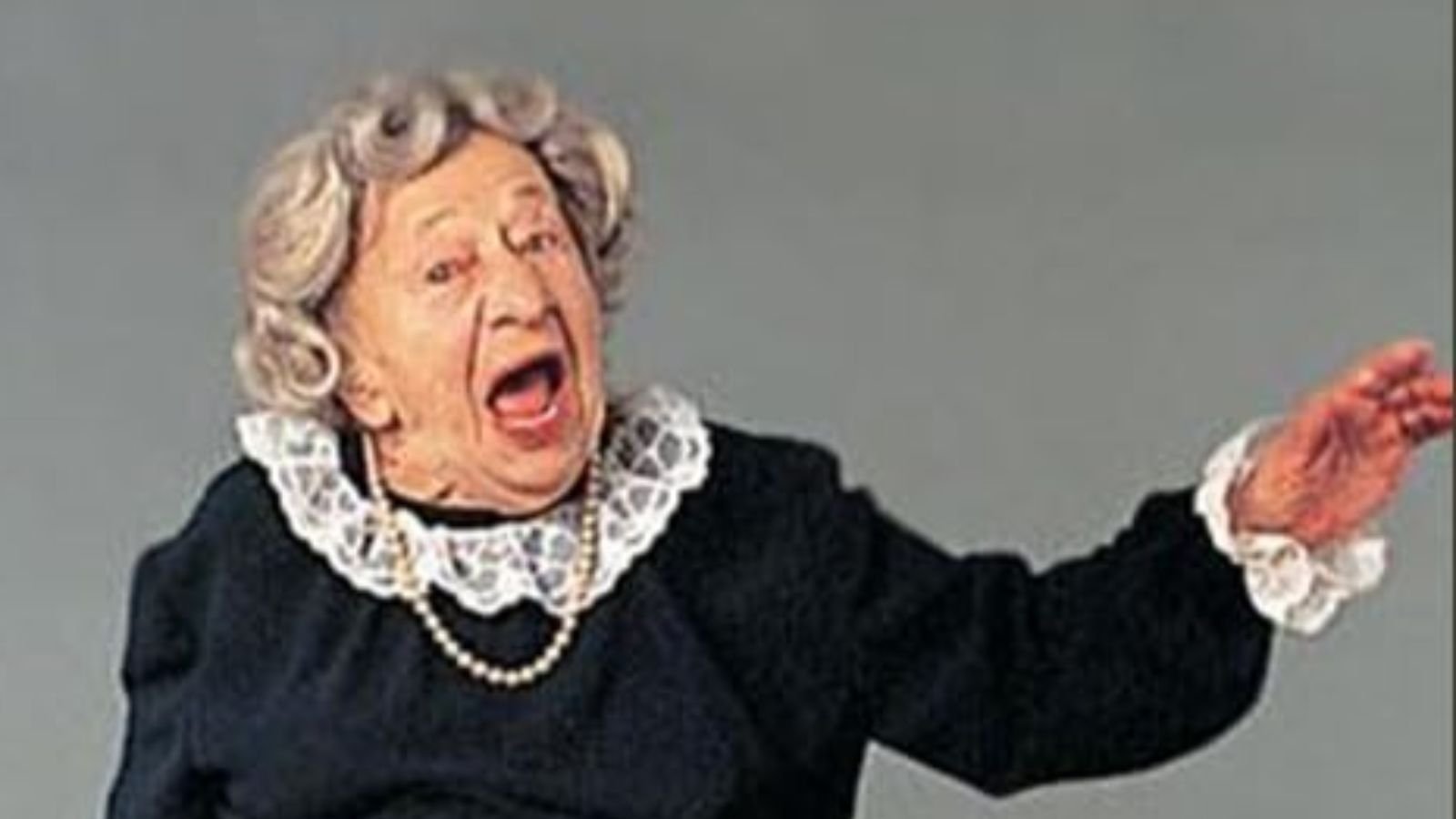In 1969, a single restaurant in Columbus, Ohio, started a revolution with fresh, never frozen beef. Wendy’s, named after founder Dave Thomas’s daughter, has become a fast-food icon. But beyond the iconic redheaded pigtail logo lies a world of surprising facts and lesser-known menu items. Get ready to have your knowledge of Wendy’s turned upside down. Here are 15 facts we bet you didn’t know about Wendy’s.
Dave Thomas Worked For Colonel Sandersm

Dave Thomas’ fast-food journey began when he worked at a restaurant called Hobby House when he was just 12 years old. When Colonel Sanders himself came calling to convert the restaurant to a KFC franchise, their partnership blossomed. Thomas’ ideas, like the red-and-white bucket and Sanders’ commercials, helped build the KFC brand. After selling his shares, Thomas used his experience and newfound capital to launch his own empire: Wendy’s.
Dave
Thomas Obtained His GED at 61

Dave Thomas had a remarkable journey from high school dropout to building a fast-food empire. He left school to work full-time at a restaurant but later regretted his decision. Thomas obtained his GED at age 61 and became an advocate for education. In a heartwarming gesture, his classmates voted him and his wife prom king and queen and bestowed upon him the most fitting superlative: Most Likely to Succeed.
Wendy’s Revolutionized Drive-Thrus

While Wendy’s didn’t invent the drive-thru, it certainly revolutionized it. Starting in 1971, Wendy’s was the first major fast-food chain to include a drive-thru window at every location. This innovative feature was so new that some customers even needed instructions. Wendy’s commitment to speed and efficiency changed the game, making drive-thrus a staple of modern dining.
The Original Menu Had Five Items

When Wendy’s opened its doors in 1969, it embraced simplicity. The fast-food franchise offered just five items, and those same options remain on the menu today: hamburgers, fries, chili, soft drinks, and the beloved Frosty dessert. Decades later, Wendy’s commitment to these classics continues to delight hungry patrons.
Wendy’s Pioneered The Dollar Menu

While many assumed McDonald’s led the way with the Dollar Menu, it was Wendy’s. In October 1989, they introduced their value menu, offering selected items at a fixed price of 99 cents. Burger King followed suit in 1998, and McDonald’s joined the value menu game in 2002. Taco Bell later hopped on the bandwagon with their own menu in 2014.
The Square Deal

Dave Thomas, the founder of Wendy’s, famously claimed that their square burger patties were a sign that Wendy’s doesn’t cut corners. However, the real reason behind the square shape was to make the burgers stand out and showcase their quality. The square patties not only looked different, but they also hung over the bun, ensuring the juicy goodness was visible. As a bonus, the square shape maximized space on the grill for better efficiency.
The Original Wendy’s Shut Down In 2007

Believe it or not, the first Wendy’s restaurant, which opened in Columbus, Ohio, in 1969, closed its iconic red shutters for good in 2007. After serving up square burgers and frosty treats for 38 years, the location underwent a $1.7 million renovation and was transformed into a Catholic Foundation building.
Wendy’s Black Bean Burger Failed

Wendy’s once introduced a specialty burger called the Black Bean Burger. Available only in 24 locations across South Carolina, Ohio, and Utah, this unique burger featured a patty made from a blend of black beans, farro, onions, wild rice, brown rice, quinoa, carrots, bell peppers, and corn. Topped with a sauce containing red wine vinegar, cumin, chili peppers, oregano, and cilantro, the Black Bean Burger aimed to stand out. Although it didn’t become a big hit, it remains one of Wendy’s most distinctive attempts at culinary innovation.
The OG Salad Bar

In 1979, Wendy’s made history by introducing their salad bar, known as the Superbar. It was the first fast-food restaurant to offer such a feature. The Superbar allowed customers to serve themselves unlimited salad sides from themed areas like the “Garden Spot” and “Pasta Pasta.” All this goodness came for $2.99. However, despite its popularity, the Superbar was discontinued in 1988 due to maintenance challenges and cleanliness issues.
Wendy’s Has Stuck To Its Original Slogan

While catchy phrases like “Do what tastes right” and “Where’s the beef?” have come and gone, Wendy’s has remained true to its original slogan: Quality is our recipe. This commitment to quality has endured for decades, appearing on their logo as a testament to their core values.
Wendy’s Has Opened Innovation Labs

Wendy’s Labs, located in Dublin, Ohio, represents the company’s commitment to innovation and technology. These 90-degree labs serve as collaborative spaces where employees come together to explore novel ways of leveraging technology to achieve Wendy’s key business goals. The company aims to improve the overall customer experience by integrating digital solutions into their work. These labs are a testament to Wendy’s innovative approach and dedication.
Clara Peller wasn’t An Actress

Clara Peller, Wendy’s most memorable spokesperson besides Dave Thomas, wasn’t a seasoned actress. She was actually discovered by an agency while working as a manicurist. Her strong personality and unique look landed her the iconic “Where’s the beef?” role in a 1984 commercial at the ripe age of 81.
Dave Appeared In 800 Ads

Despite retiring in 1982, Dave Thomas became Wendy’s enduring face. After the “Where’s the Beef?” campaign ended, Wendy’s convinced him to return in 1985. He then embarked on a prolific commercial career, appearing in over 800 ads throughout his association with the brand.
Wendy’s Has a Charity Dedicated To Adoption

Wendy’s, known for its delicious fast food, has a unique charity—the Dave Thomas Foundation for Adoption. Wendy’s Foundation is dedicated to matching children in foster care with loving families. This cause was especially close to Dave Thomas’s heart because he himself was adopted as an infant and never knew his birth parents. The company raises funds for adoption awareness, ensuring that more children find permanent homes. If you’ve ever purchased a $2 Frosty key tag for a free Frosty throughout the year, you’ve also contributed to this meaningful cause.
